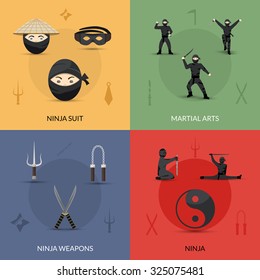In What Methods Do Traditional Martial Arts Focus On Self-Control Compared To The Affordable Nature Of Modern-Day Fight Sports? Discover The Basic Distinctions That Can Influence Your Journey
In What Methods Do Traditional Martial Arts Focus On Self-Control Compared To The Affordable Nature Of Modern-Day Fight Sports? Discover The Basic Distinctions That Can Influence Your Journey
Blog Article
Personnel Author-McGinnis Johnson
When you think about martial arts, do you lean more toward the standard methods or the modern battle sporting activities? Each path supplies distinct benefits and experiences, shaped by their ideologies and training approaches. Typical martial arts stress personal development and self-control, while modern combat sporting activities concentrate on competitors and performance. Understanding these differences can direct you in choosing the right technique for your trip. But just how do these differences show up in training and ideology?
The Viewpoint and History Behind Typical Martial arts
While lots of people connect martial arts with physical battle, the ideology and background behind typical martial arts run much deeper. You'll discover that these disciplines emphasize individual development, self-control, and regard.
Stemming from ancient methods, conventional martial arts were often established for Self-Defense and spiritual development. martial arts and fitness centre personify concepts such as equilibrium, consistency, and self-control, guiding experts past mere fighting skills.
As you educate, you'll not only discover strategies yet likewise acquire insights into the culture and worths that shaped these arts. The routines and customs, typically given with generations, foster a feeling of neighborhood and belonging.
The Competitive Nature of Modern Combat Sports
Modern fight sporting activities have actually changed the landscape of martial arts into a very competitive field, where professional athletes challenge in an examination of skill, method, and endurance.
You'll observe that competitors are typically arranged with strict rules and regulations, ensuring fair game and safety. These occasions draw in big audiences, sustaining the exhilaration and intensity of competitions.
Athletes educate carefully, not just for physical expertise yet also for mental strength, knowing that every information counts in the ring. The adrenaline thrill throughout competitions is palpable, as competitors press their limits to claim victory.
Followers value the athleticism and creativity included, making modern battle sports a thrilling spectacle that remains to advance and mesmerize enthusiasts worldwide.
Training Methods and Techniques: A Comparative Evaluation
The competitive ambience of modern combat sporting activities needs cutting-edge training approaches that vary significantly from typical martial arts.
In chinese martial arts actors -day training, you'll concentrate on certain strategies, sparring, and conditioning, commonly utilizing drills that simulate actual fight scenarios. You'll see a focus on quantifiable efficiency and constant competition to examine your abilities.
On the other hand, conventional martial arts prioritize kinds, katas, and philosophical mentors, typically highlighting technique and regard over competitors.
Training is generally less extreme and might involve recurring method instead of real-time sparring.
While both strategies construct ability and health and fitness, modern battle sporting activities supply a much more vibrant and adaptable training environment, preparing you for prompt difficulties in the ring or cage.
Choose visit the following internet page that aligns with your goals and rate of interests.
Conclusion
In picking in between traditional martial arts and contemporary fight sporting activities, it really comes down to what you value the majority of. If you're seeking individual growth, discipline, and a feeling of neighborhood, conventional arts might be your best fit. But if you thrive on competitors and real-time obstacles, modern fight sporting activities could be the means to go. Eventually, both paths supply distinct benefits, so it's everything about straightening your training with your individual goals and rate of interests.
